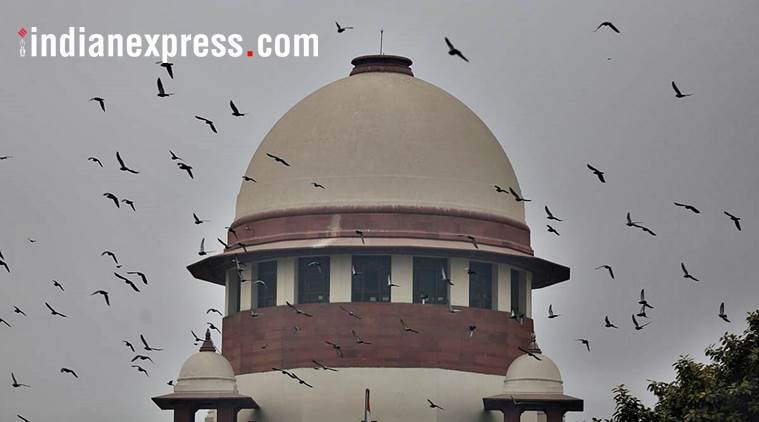Stay updated with the latest - Click here to follow us on Instagram
SC allows passive euthanasia: Chronology of events that led the court to recognise ‘living will’
SC said that advance directives for terminally-ill patients could be issued and executed by the next friend and relatives of such person after which a medical board would consider it.
 The bench also said that the guidelines will be in force till legislation on the same is passed by Parliament. (Express Photo by Tashi Tobgyal)
The bench also said that the guidelines will be in force till legislation on the same is passed by Parliament. (Express Photo by Tashi Tobgyal)
The Supreme Court, in a landmark judgment, on Friday passed an order allowing passive euthanasia in India. Recognising “living will” made by terminally-ill patients who are likely to go into a permanent vegetative state, the top court laid down guidelines for the same, including who would execute the will and how nod for passive euthanasia would be granted by the medical board. A five-judge Constitution bench, headed by Chief Justice of India Dipak Misra, said that advance directives for terminally-ill patients could be issued and executed by the next friend and relatives of such person after which a medical board would consider it. Read more
The bench also said that the guidelines will be in force till legislation on the same is passed by Parliament.
Following is the chronology of events related to today’s landmark verdict on euthanasia:
May 11, 2005: SC takes note of PIL of NGO ‘Common Cause’ seeking nod to allow terminally-ill persons to execute a living will for passive euthanasia. It seeks the Centre’s response on the plea which seeks declaration of ‘right to die with dignity’ as a Fundamental Right under Article 21 (right to life) of the Constitution.
January 16, 2006: SC allows Delhi Medical Council (DMC) to intervene and asks it to file documents on passive euthanasia.
April 28, 2006: Law Commission suggests a draft bill on passive euthanasia and says such pleas be made to HCs which should decide after taking experts’ views.
January 31, 2007: SC asks parties to file documents.
March 7, 2011: SC, on a separate plea on behalf of Aruna Shanbaug, allows passive euthanasia for the nurse lying in vegetative state at a hospital in Mumbai.
January 23, 2014: A three-judge bench led by then CJI P Sathasivam starts final hearing in the case.
February 11: DMC files copy of proceedings of International Workshop for Policy Statement on Euthanasia in India and SC reserves verdict.
February 25: SC cites inconsistencies in earlier verdicts on passive euthanasia including the one given in the Shanbaug case and refers the PIL to a Constitution bench.
July 15: A five-judge bench commences hearing on the plea, issues notices to all states and UTs, and appoints senior advocate T R Andhyarujina as an amicus curiae. He dies during the pendency of the case.
February 15, 2016: Centre says that it is deliberating the issue.
October 11, 2017: Five-judge Constitution bench led by CJI Dipak Misra hears arguments and reserves the verdict.
March 9, 2018: SC recognises ‘living will’ made by terminally-ill patients for passive euthanasia and lays down guidelines on procedures to be adopted for it.
(With PTI inputs)







